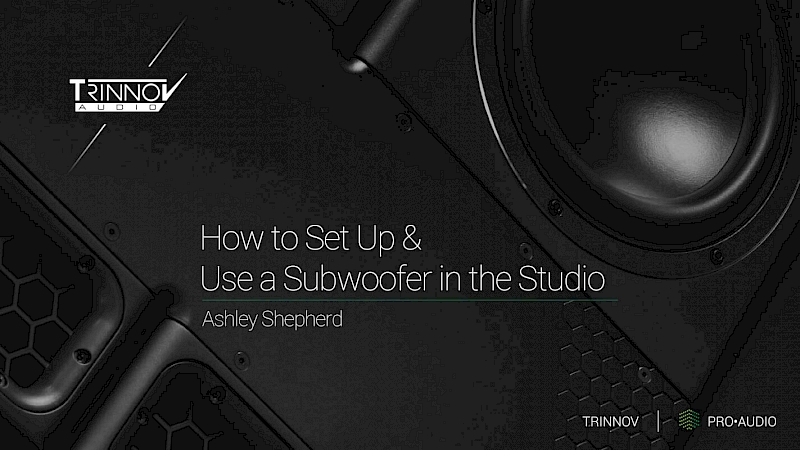
There is a lot of good and bad information out there on how to set up subwoofers in the studio. Hopefully, this post will help you sort through all the advice and get some real results for you.
To begin, let’s talk about why you would use a sub in the first place.
There are basically two reasons to use subwoofers as a part of your monitoring system:
- Extending the low frequency response of your monitoring system
- Fixing acoustic issues resulting from room modes and other phenomena
Basically, you can use the subwoofer to get more bass, deeper bass, and better bass. This will help improve your mixes and how they translate to other playback systems, even systems that can’t reproduce those same lower frequencies. Having clean, accurate bass helps your mix sound better on every playback system, from the car, to earbuds, to the club system. Better bass is what we all want!
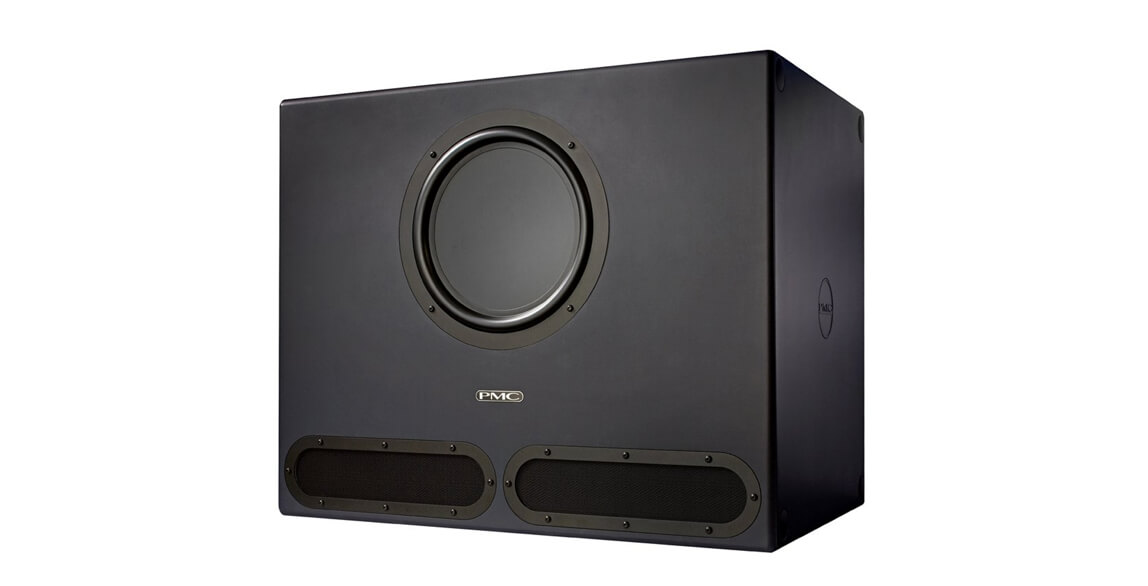
The Mighty PMC-SUB2-Active-Subwoofer
Bass Extension
The most obvious thing a subwoofer can do is to add more bass energy, along with lower frequencies that perhaps your studio monitors can’t reproduce. Low frequencies are exponentially more powerful than higher frequencies at the same perceived volume. For bass to feel balanced with everything else, it needs much more power and energy. Subwoofers are built for this, with large drivers and powerful amps that can push enough energy at very low frequencies to feel right and balanced.
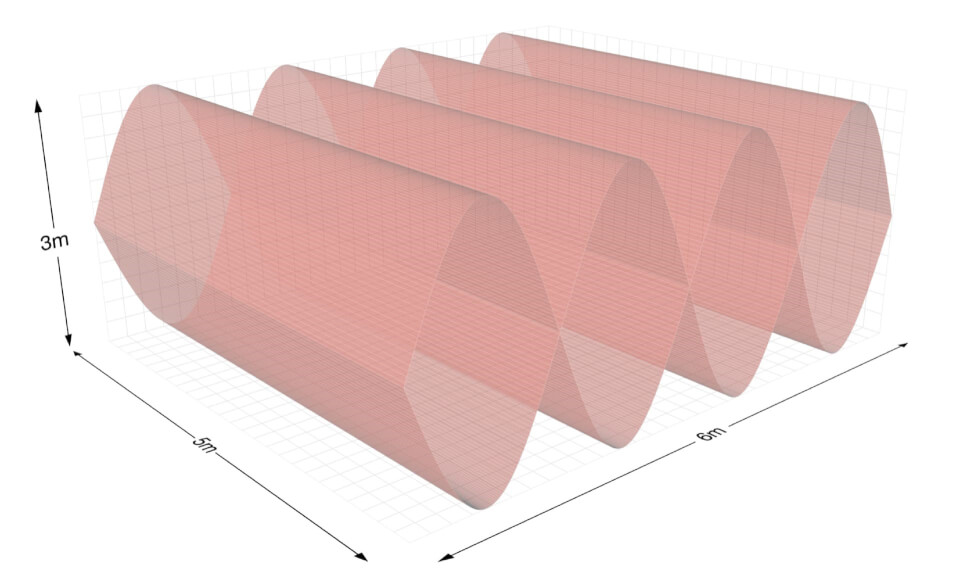
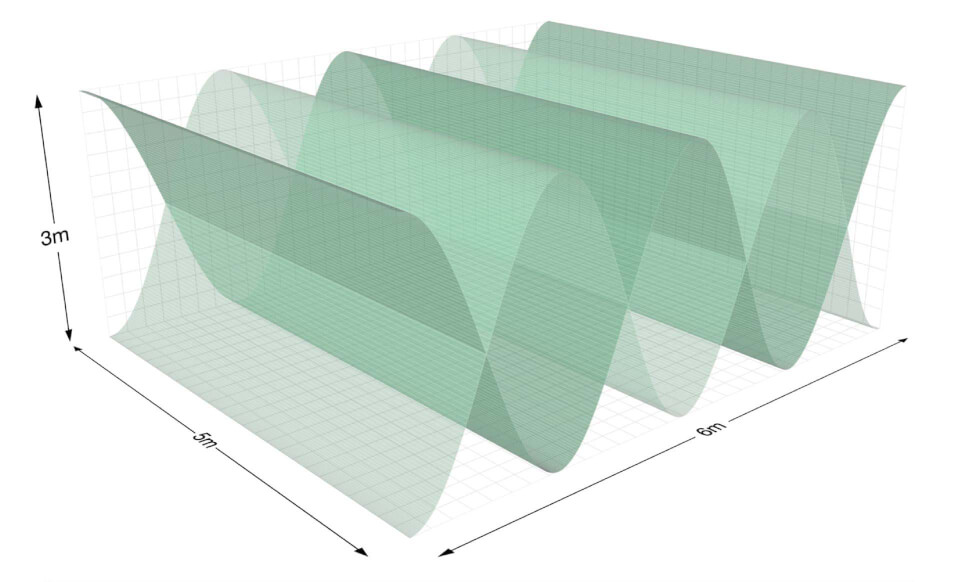
Variations in sound pressure level due to room modes
Room Modes
What are room modes? Simply put, room modes are bass frequencies whose wavelengths are equal to, or multiples of the dimensions in your listening room; length, width, and height. When you have sound bouncing around the room and the wavelength of those frequencies matches the length of the room, it can bounce back upon itself and either add volume for that frequency, or reduce it. This effect can be so pronounced that certain frequencies will either be super loud or non-existent in various spots within the room.
This is a BIG problem! You cannot mix low frequencies accurately when the acoustics of the room are causing various frequencies to be super loud or non-existent at different places within the room, especially at the mix position. This is what is happening when you play your mix in the car and the bass is either super loud and boomy, or anemic and thin. You’re mixing the room modes, not the music!
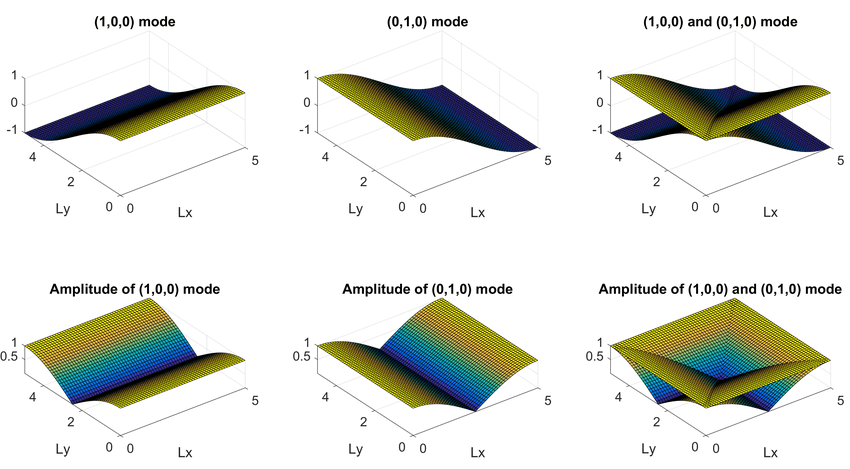
Basic room modes and their attenuation values
Fixing the Bass with a Subwoofer
One really cool thing about subwoofers is that you can position them almost anywhere in your studio, due to the idea that bass frequencies are not as directional as higher frequencies with normal subwoofer designs. You can’t tell where the bass is coming from since the cabinet is not able to steer the lower frequencies in any meaningful way. You just hear and feel it in the room.
You can place a subwoofer (or two) in a position that can help compensate for the room modes. For example, placing a subwoofer beneath the left monitor will alter the room’s modal response one way. Placing it beneath the right monitor will change it another way. Placing it somewhere between the two will vary the response. There will be one placement that will optimize the bass response at the listening position and help fix some of the bass extension issues. Then room optimization using a Trinnov will fine tune the response to be as linear as possible.
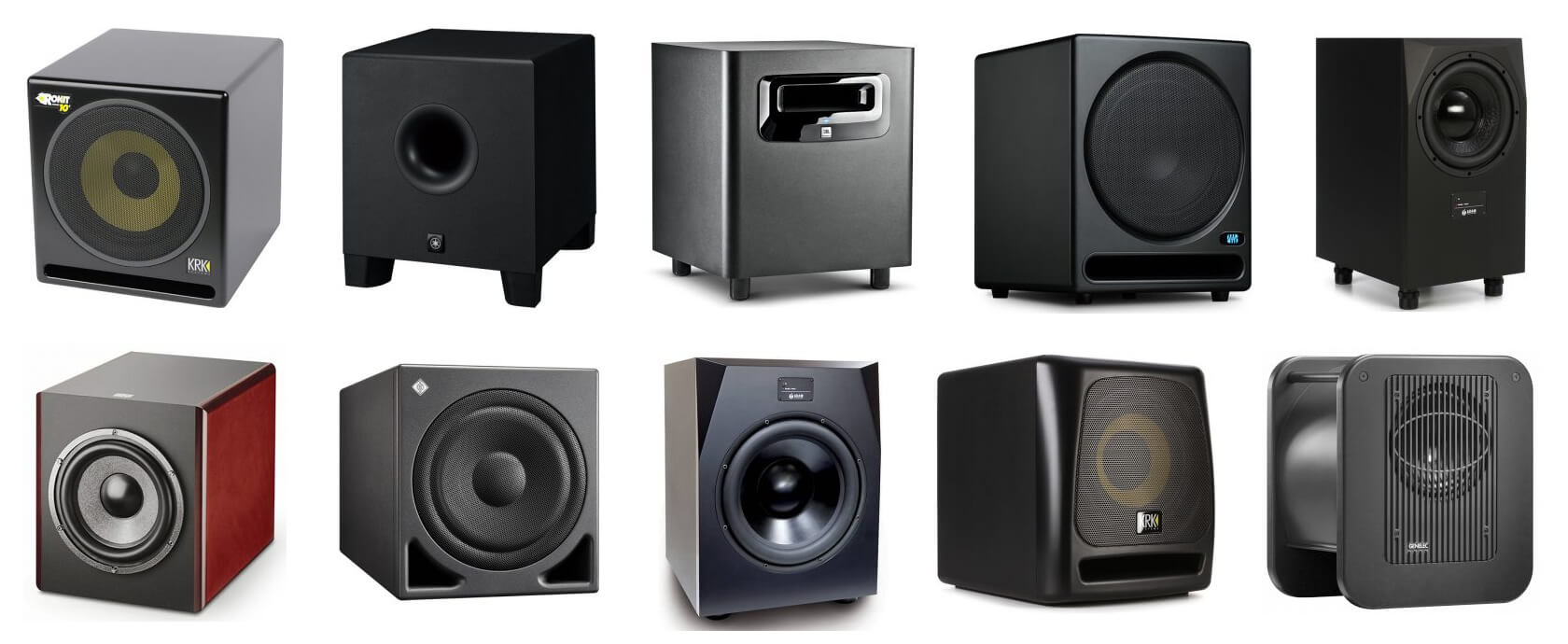
Measure Many, Many, Many Times
As the saying goes, “Measure twice, cut once.” This is also true in room acoustics and monitoring. You need some form of acoustic measurement in order to integrate a subwoofer properly and understand what it is doing. The Trinnov uses a proprietary 3D measurement microphone to perform this task with a high degree of precision.
The quick way to get an idea of what your room is doing to the bass was shown to me by Chuck Ainlay while we were calibrating his studio to mix a surround DVD for Peter Frampton. He pulled out his iPhone and started the app “Audio Tools” which has a built in spectrum analyzer that works surprisingly well.
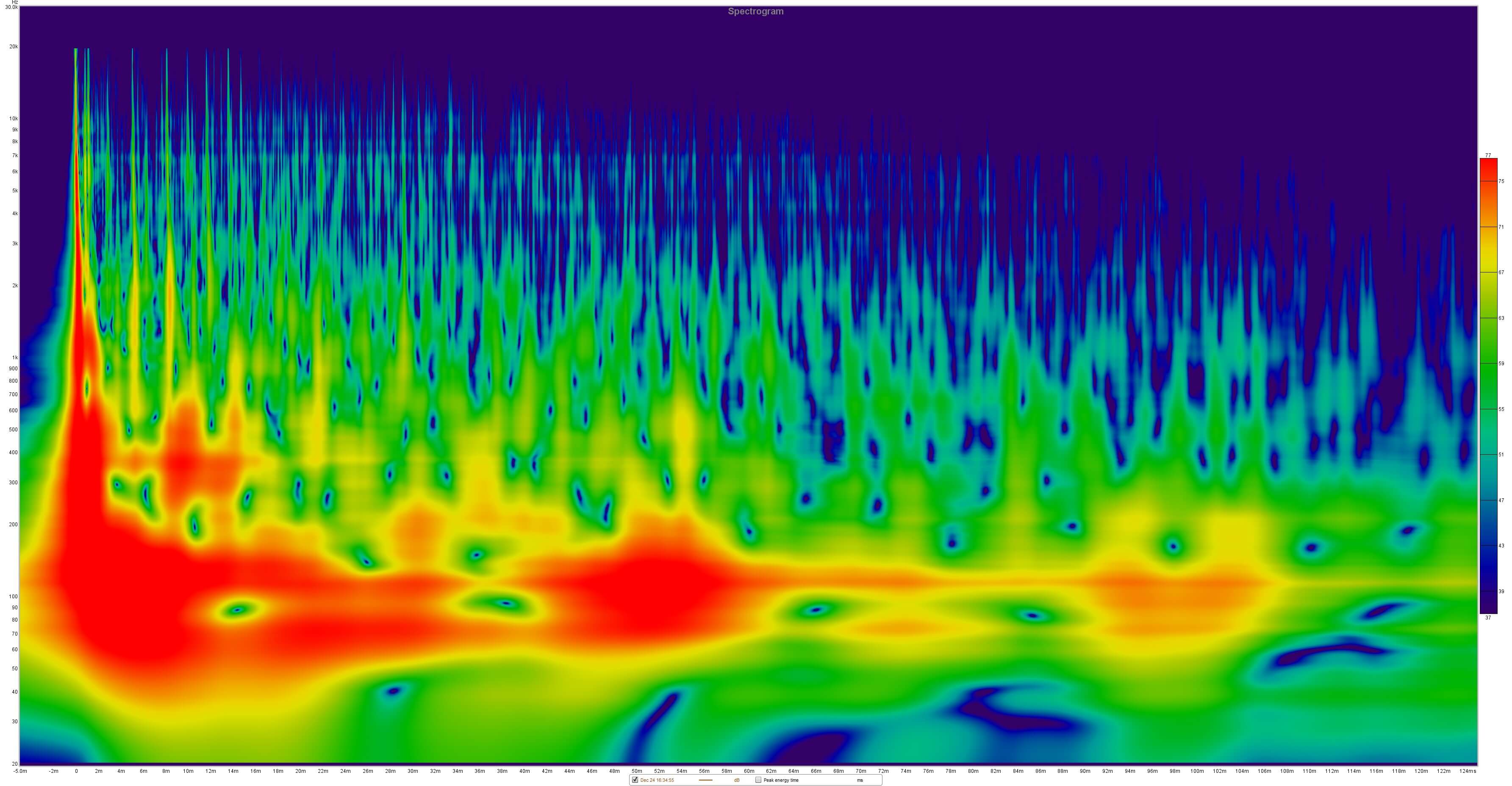
Before basic room calibration
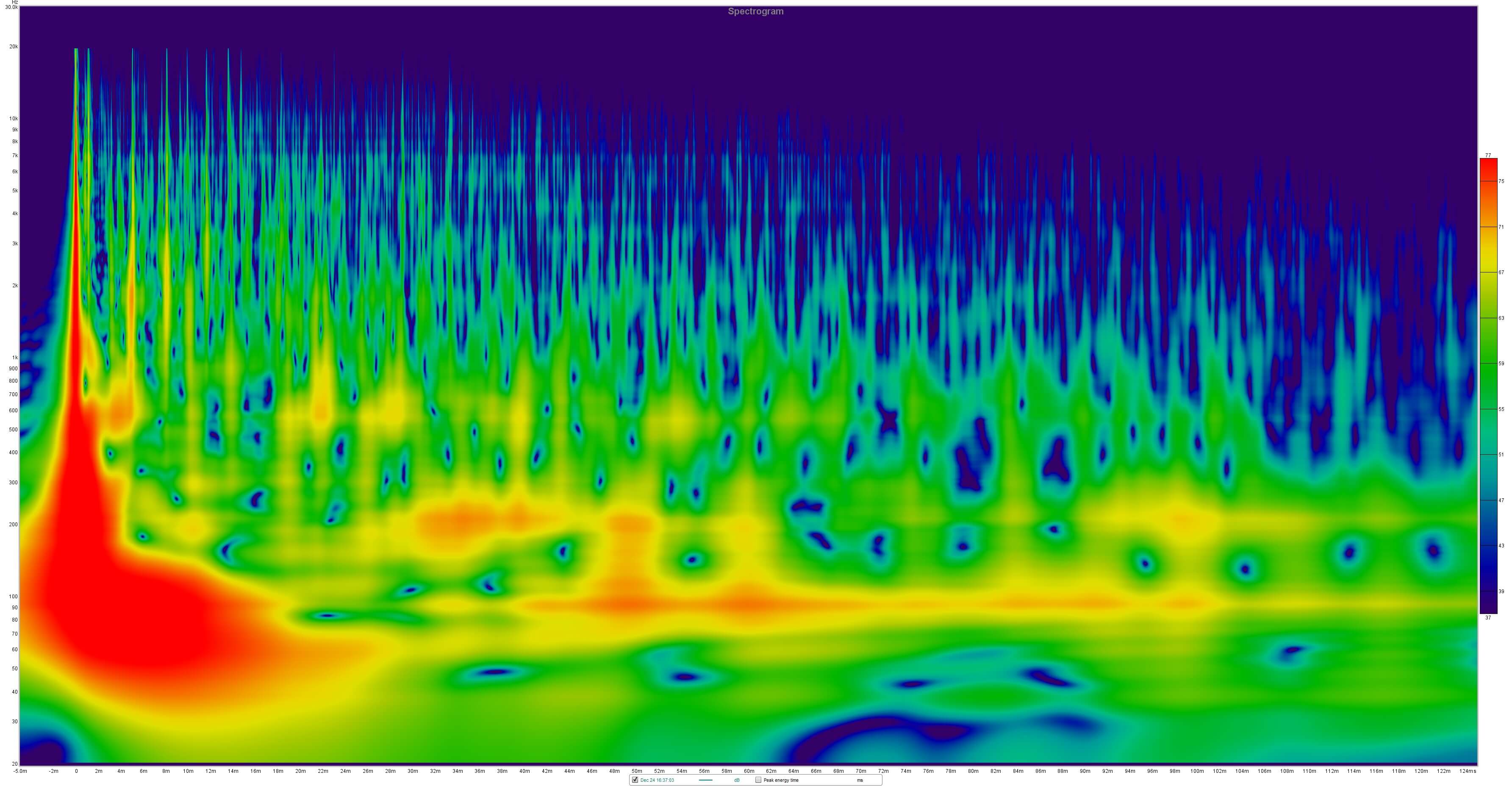
After basic room calibration
Use this or another audio app on your phone with a RTA and place it where your head would be at the listening position. Run some pink noise through your monitoring system and look at the curve. You may be surprised to see how widely varied the response is. Don’t worry, this is normal. Now you can begin the journey of improving that response curve and getting the most out of your monitoring system.
You should first measure your left and right monitors independently to see what their response is at the mix position so you understand what issues there are in the low end before messing around with a subwoofer. It could be that your left speaker creates a boost at 100Hz while the right monitor creates a dip at 92Hz. You need to know what is wrong before you can fix it!
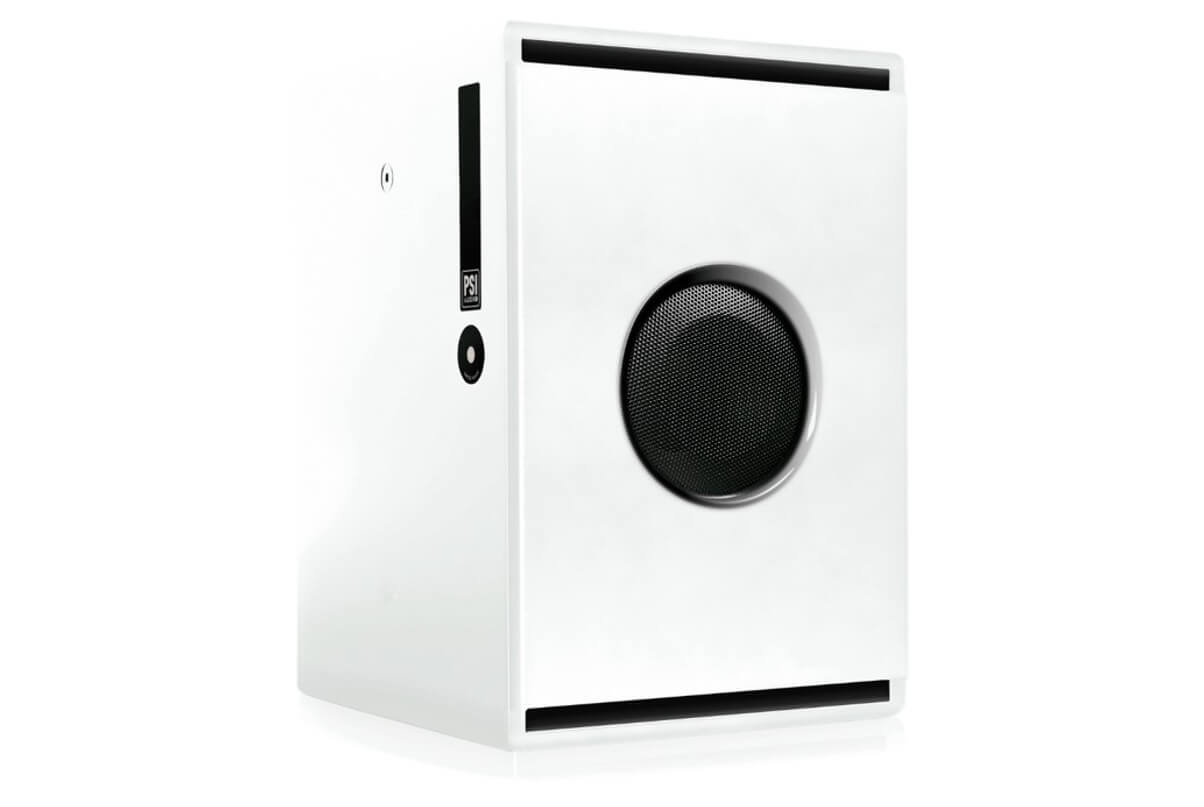
PSI-A25-M Subwoofer
Placing the Subwoofer
The best way to pick a spot to place your subwoofer is to measure all possible locations and pick the one that has the flattest frequency response to begin with. Usually, this ends up being an area in between your left and right monitors in front of your listening position. I use a 6” grid with tape to map out possible locations and number them for easy comparison.
Next, you can place the sub at each point and take a measurement. If you can store the measurement plot for comparison, that makes this process easier. Using the Trinnov, you can take these measurements, called calibrations, and store them for comparison. Once you have measured all the possible locations for your subwoofer, analyze the response curves and pick the flattest one below 150Hz. Put the sub right there!
As an alternate to moving a heavy subwoofer around, you can place the sub at your mix position where your head would be and move the measurement microphone to each grid point on the ground. This might take a bit of rigging to get the sub up in the air solidly, but it makes for easier testing!
If you are using the dual subwoofer method and corner placement, then this is moot and simply place your subs in the corners. You may try measuring different rotational positions of the subs, firing lengthwise or sideways, to see which is better. Many subwoofers, including down-firing subs may have ports which should be clear of obstruction by several inches (+8cm).
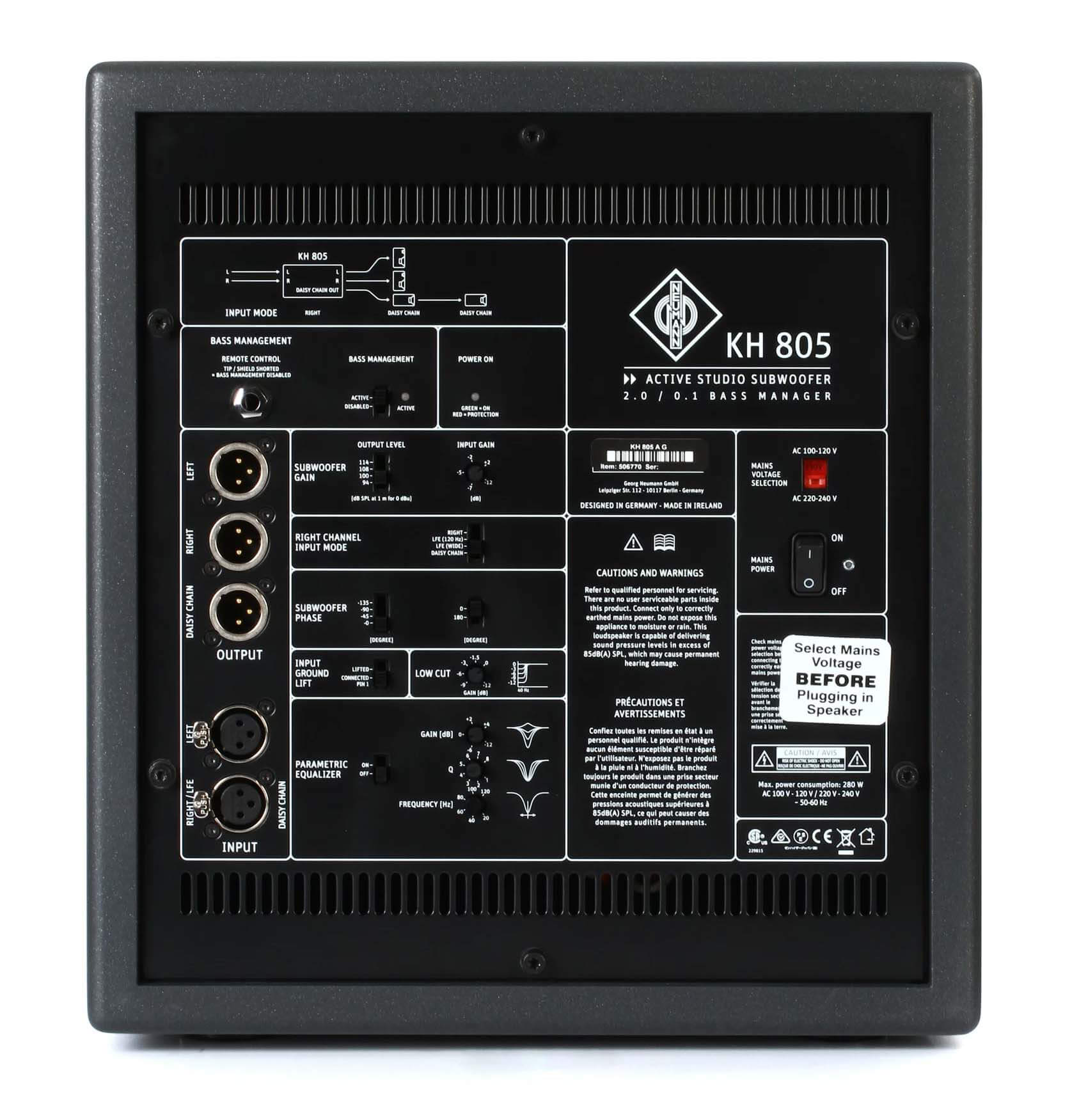
Neumann KH 805 10 Studio Subwoofer Back panel
Subwoofer Settings
Most subwoofers have some settings you can adjust, such as crossover frequency and phase/polarity. So let’s start there.
Crossover Frequency
Picking a crossover frequency is really equipment-dependent. Basically, where do your monitors start rolling off in the bass? The crossover point should be slightly higher than this. A good starting point is 80Hz which is standard on many subwoofers. You may find that you want to raise or lower the crossover point to flatten the response curve of your system overall. For example, there may be a room mode that has a null or dip at 90Hz at the mix position. If the subwoofer is in another position that does not generate that null point, you could consider raising the crossover point to 95 or 100Hz to fill in that anomaly.
Phase Or Polarity
The phase or polarity switch on a subwoofer determines if the driver is pushing or pulling the initial waveform, the direction of the driver motion. There are only two choices and the quick method is to play some full bandwidth music with a decent amount of bass energy and flip the switch to see which way gives you the most bass at the mix position. Use that setting.
Timing and Delay
If your system is capable of adjusting the time delay of each channel in the monitoring system, it will be important to set this accurately. Take a string or measuring tape and measure the distance from the left and right monitors to the mixing position, right where the center of your head would be. Now measure the distance from the subwoofer driver to your mix position. It is most likely longer than the left and right monitors, since the sub is usually on the floor. The difference between the left/right distance and the sub distance is the timing error.
Let’s say that the difference is 20 cm. This means that the sound travelling from the subwoofer to your ears will travel 20cm more and be delayed a slight bit. This time difference can cause transient smearing and affect imaging. In this case, both the left and right monitor signals should be delayed by about 1.7ms to align the sound from all three sources.
Level
Finally, the overall level of the subwoofer needs to be balanced with the left and right monitors. This can be done using RTA analysis and pink noise to create the most even curve below 200Hz, and then fine-tuned by ear using music you are familiar with. Your tastes may also dictate more or less subwoofer volume.
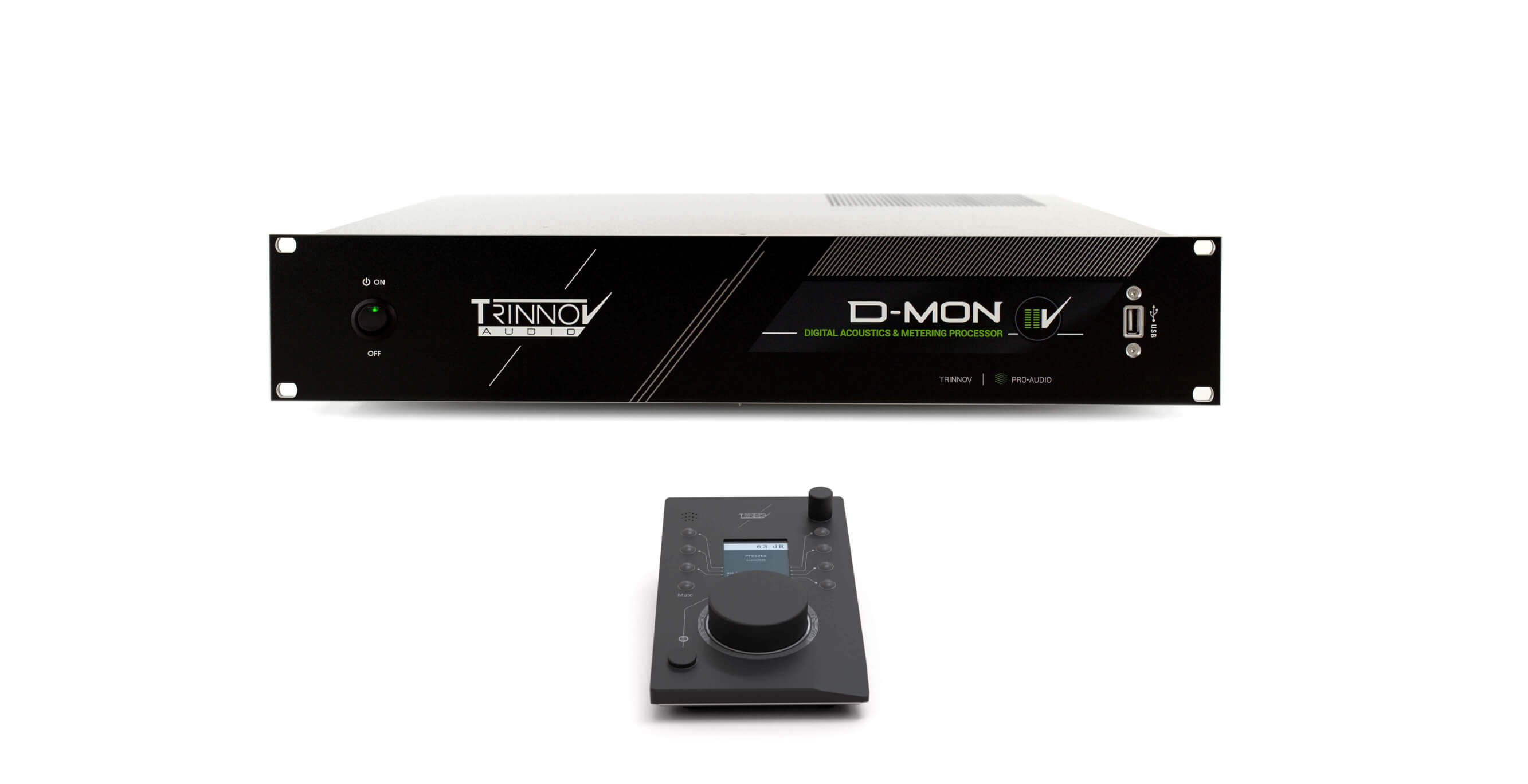
D-MON processor with La Remote monitor controller
Let Trinnov Do The Work
With a Trinnov in your monitoring system, the settings outlined above and much more are all handled automatically by the room optimization. You simply perform the calculation inside the Trinnov and the settings are all applied internally with a greater deal of precision than can be achieved manually without more measurement tools and extensive experience in room tuning. The Trinnov does the heavy lifting and provides the most linear response and accurate bass extension that your monitors, subwoofer, room position, and acoustics are capable of producing.
Written by Ashley Shepherd for Trinnov Audio

